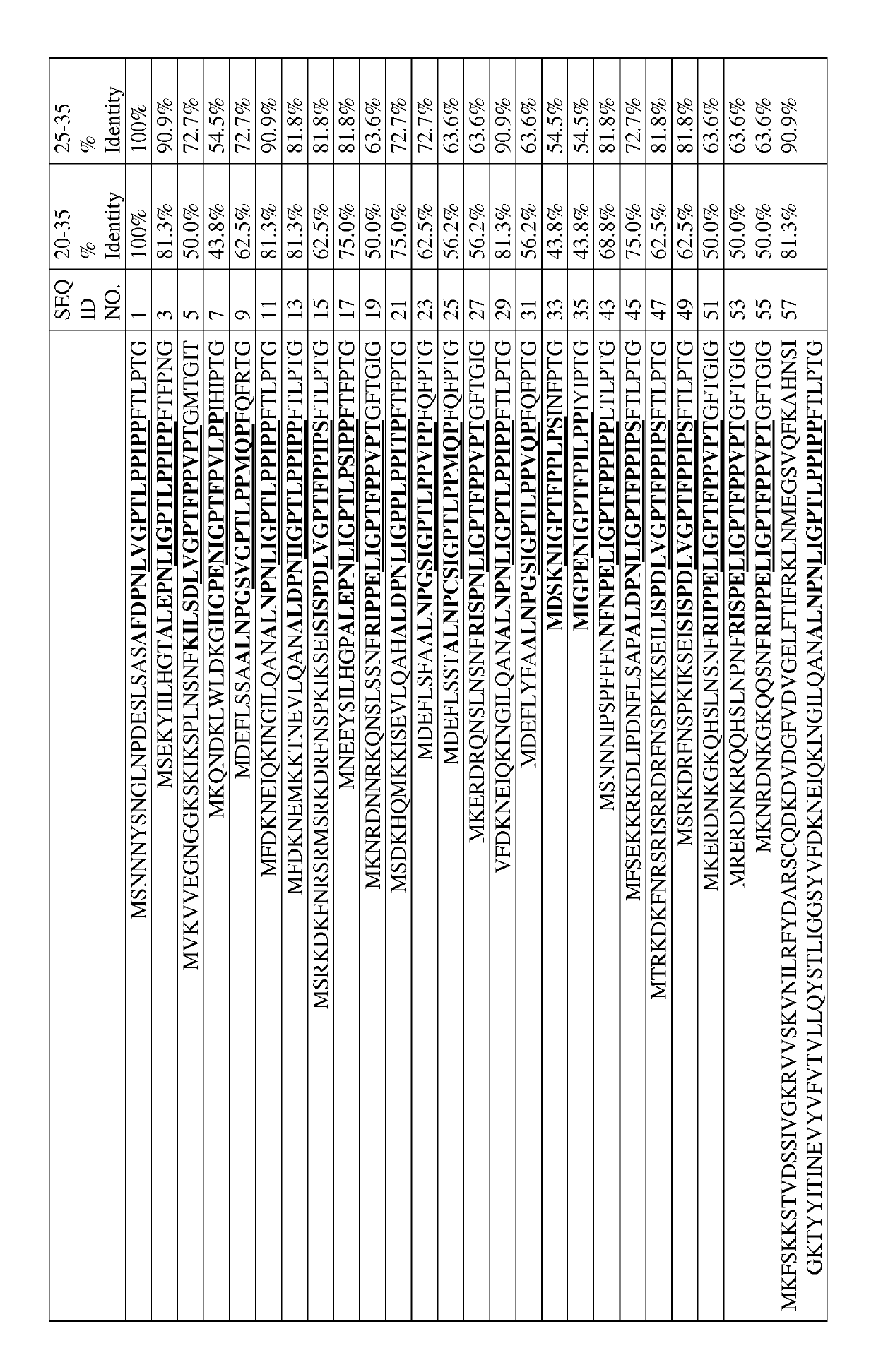Compositions comprising recombinant bacillus cells and an insecticide
a technology of which is applied in the field of compositions comprising recombinant bacillus cells and insecticides, can solve the problems of soil fauna alteration, soil acidification, and soil acidification, and achieve enhanced plant health, enhanced activity, and enhanced ability to improve plant growth
- Summary
- Abstract
- Description
- Claims
- Application Information
AI Technical Summary
Benefits of technology
Problems solved by technology
Method used
Image
Examples
example 1
or the Efficacy of the Combination of Multiple Active Ingredients
[0321]A synergistic effect of active ingredients is present when the activity of the active ingredient combinations exceeds the total of the activities of the active ingredients when applied individually. The expected activity for a given combination of two active ingredients can be calculated as follows (cf. Colby, S. R., “Calculating Synergistic and Antagonistic Responses of Herbicide Combinations,” Weeds, 1967, 15, 20-22):
[0322]If[0323]X is the efficacy when active ingredient A is applied at an application rate of m ppm (or g / ha),[0324]Y is the efficacy when active ingredient B is applied at an application rate of n ppm (or g / ha),[0325]E is the efficacy when the active ingredients A and B are applied at application rates of m and n ppm (or g / ha), respectively, and[0326]then
[0327]E=X+Y-X·Y100
[0328]If the actual activity exceeds the calculated value, then the activity of the combination is superadditive, i.e., a syner...
PUM
 Login to View More
Login to View More Abstract
Description
Claims
Application Information
 Login to View More
Login to View More - R&D
- Intellectual Property
- Life Sciences
- Materials
- Tech Scout
- Unparalleled Data Quality
- Higher Quality Content
- 60% Fewer Hallucinations
Browse by: Latest US Patents, China's latest patents, Technical Efficacy Thesaurus, Application Domain, Technology Topic, Popular Technical Reports.
© 2025 PatSnap. All rights reserved.Legal|Privacy policy|Modern Slavery Act Transparency Statement|Sitemap|About US| Contact US: help@patsnap.com

